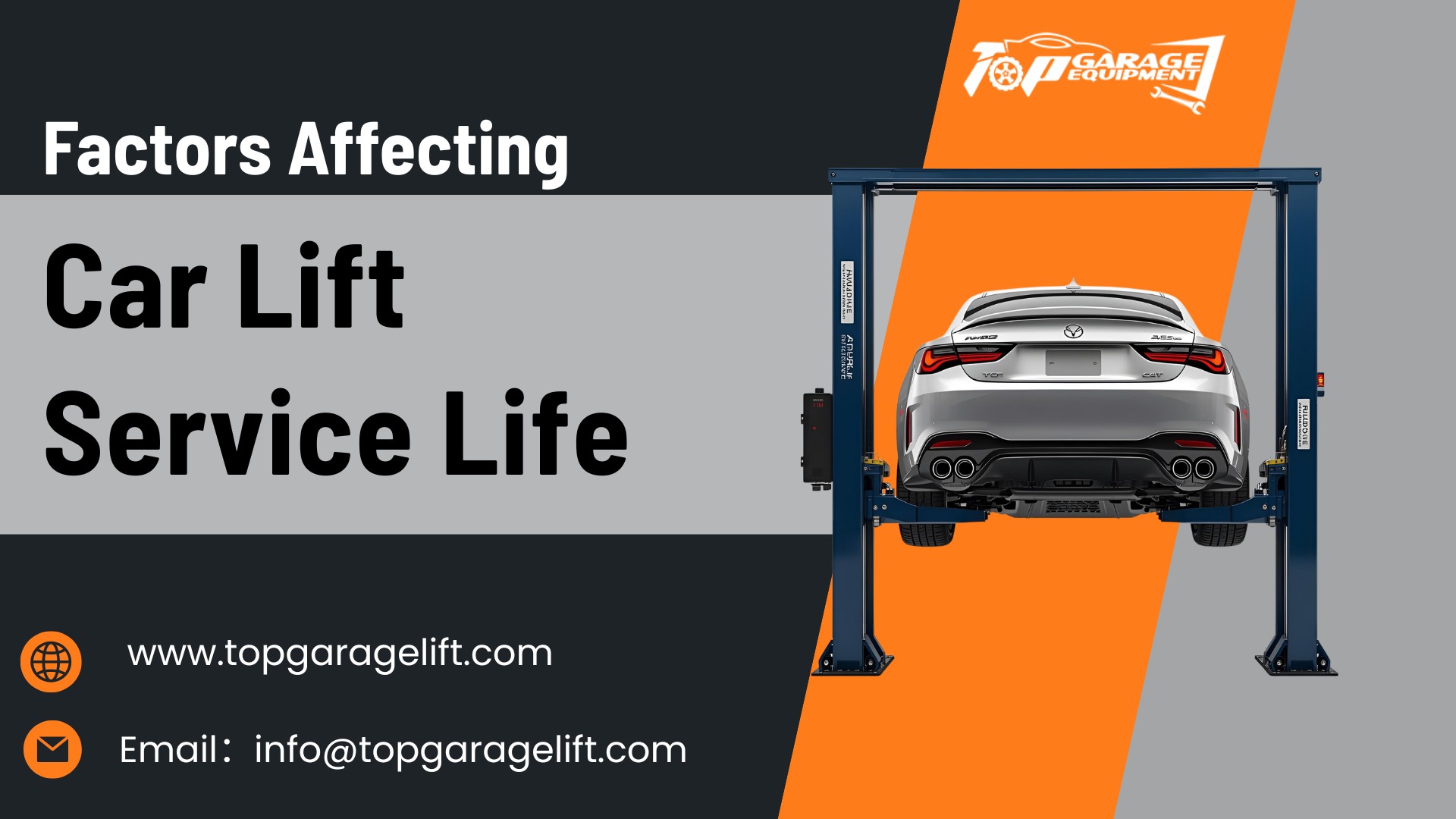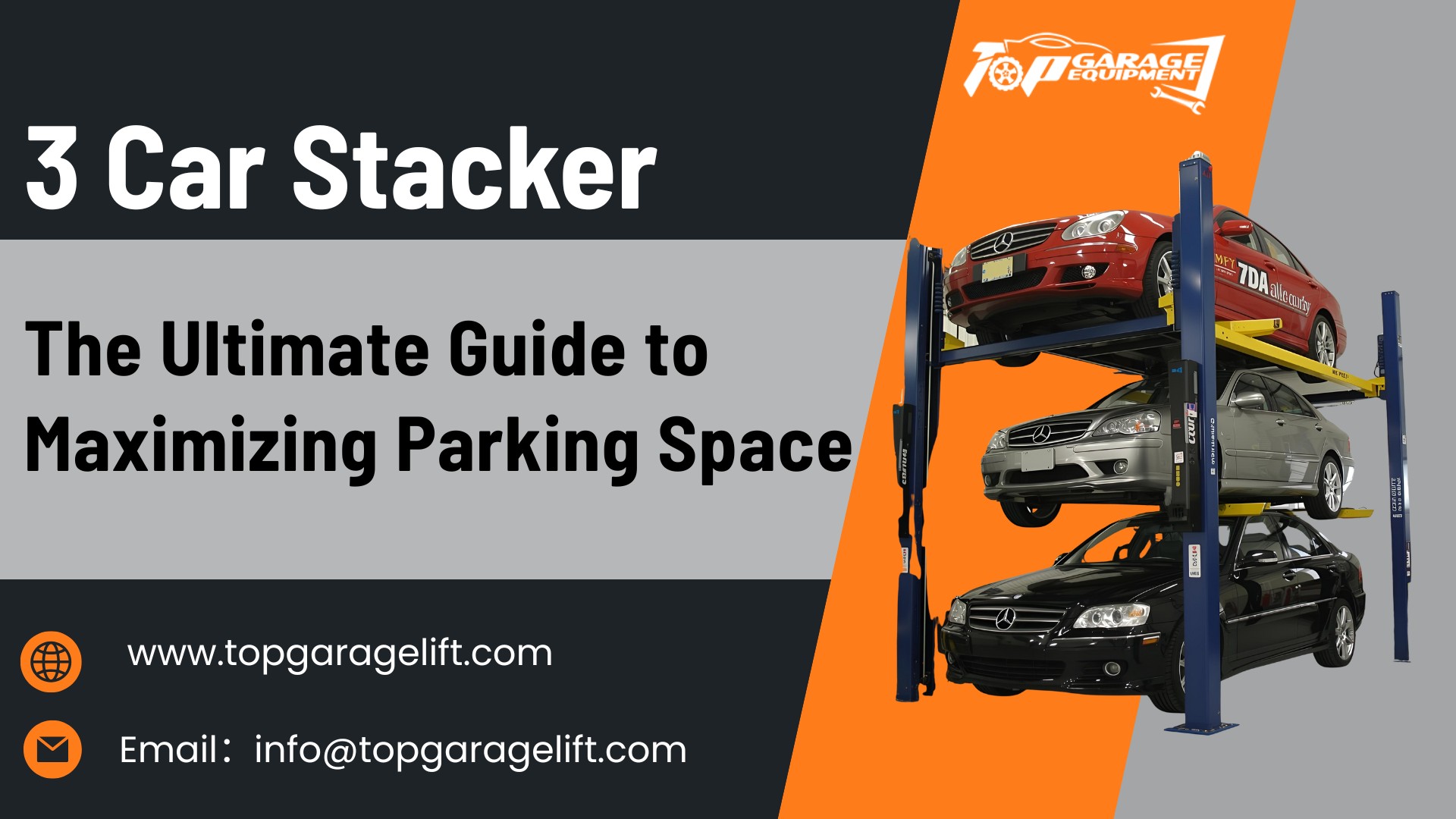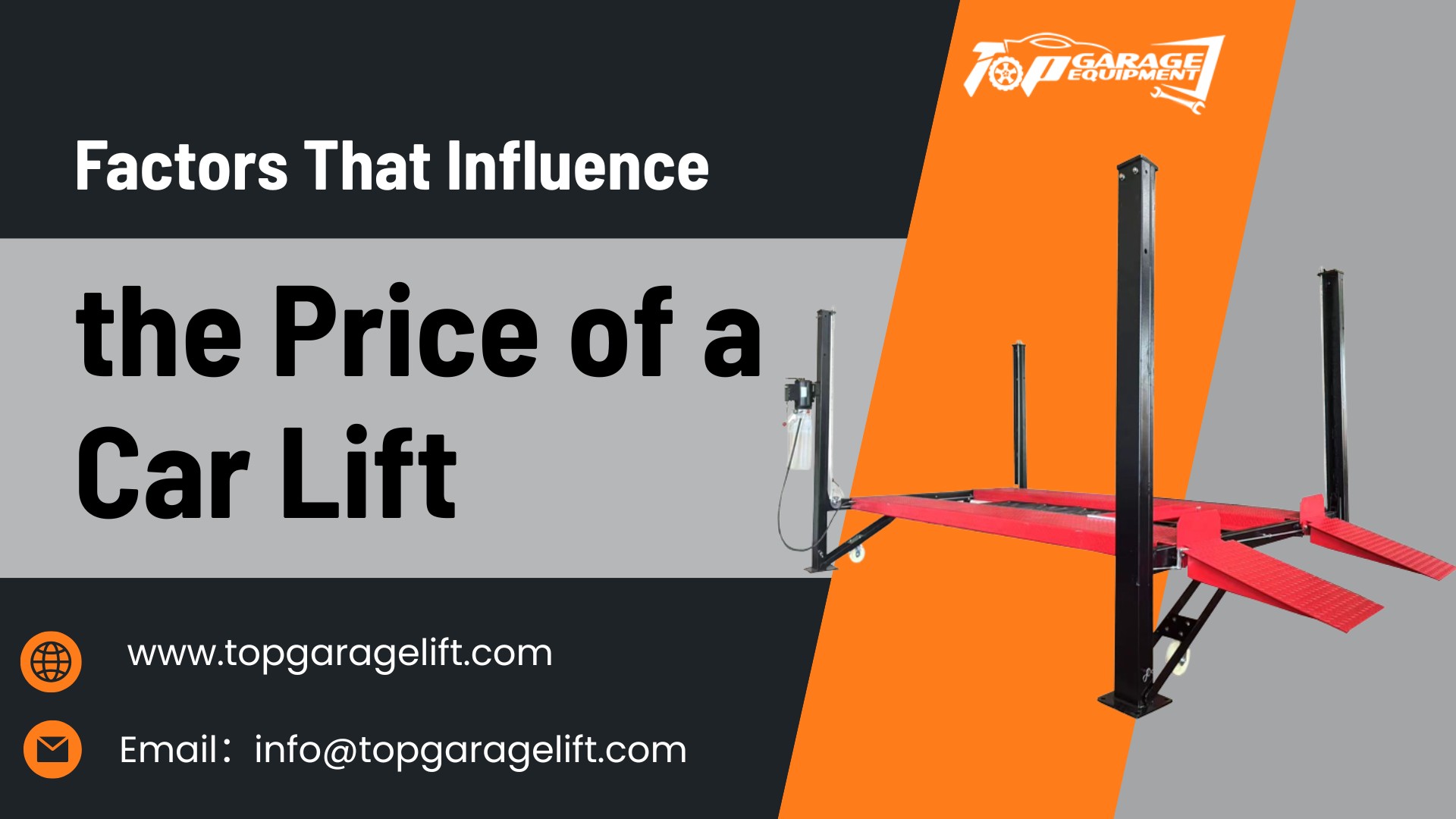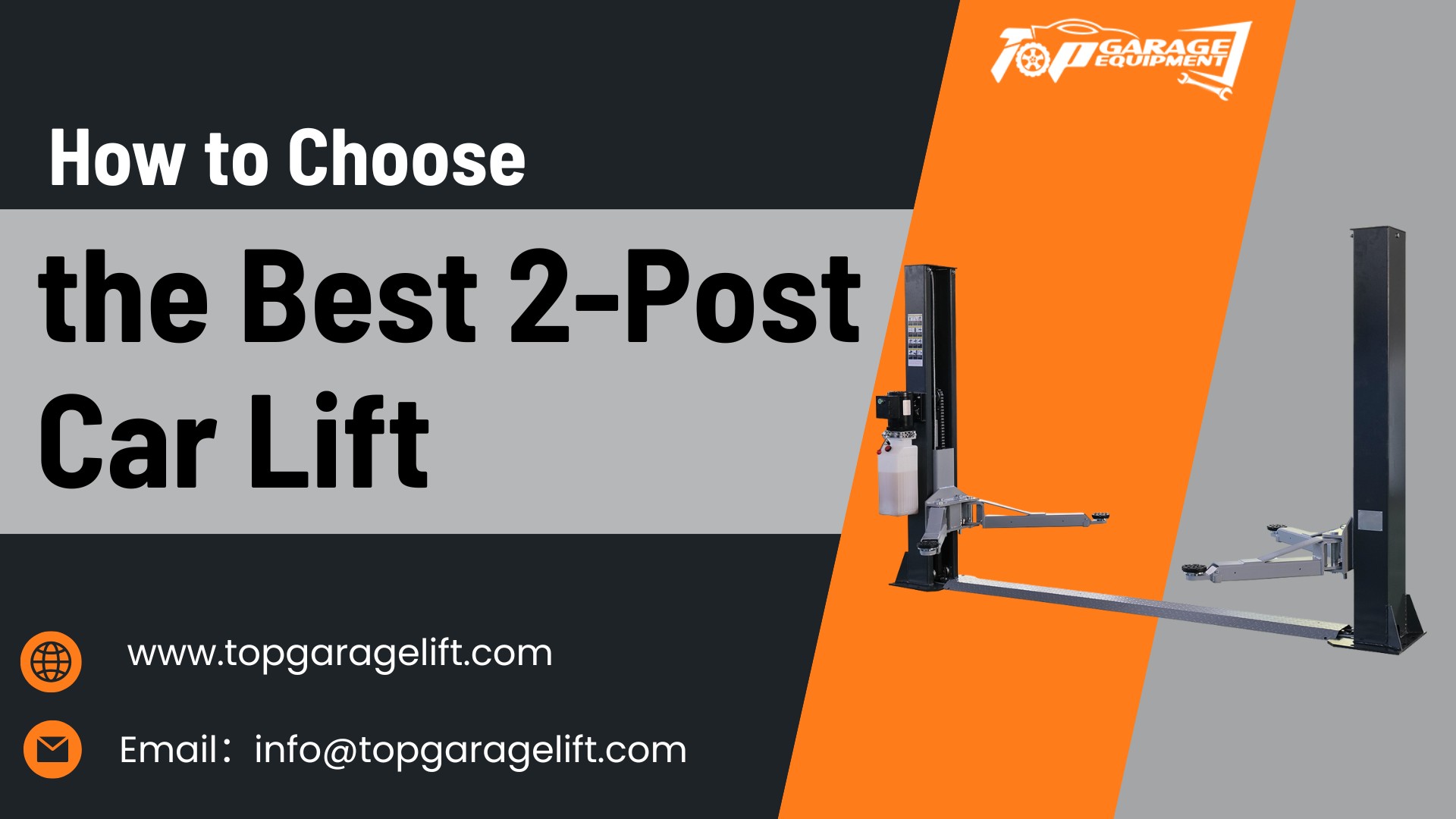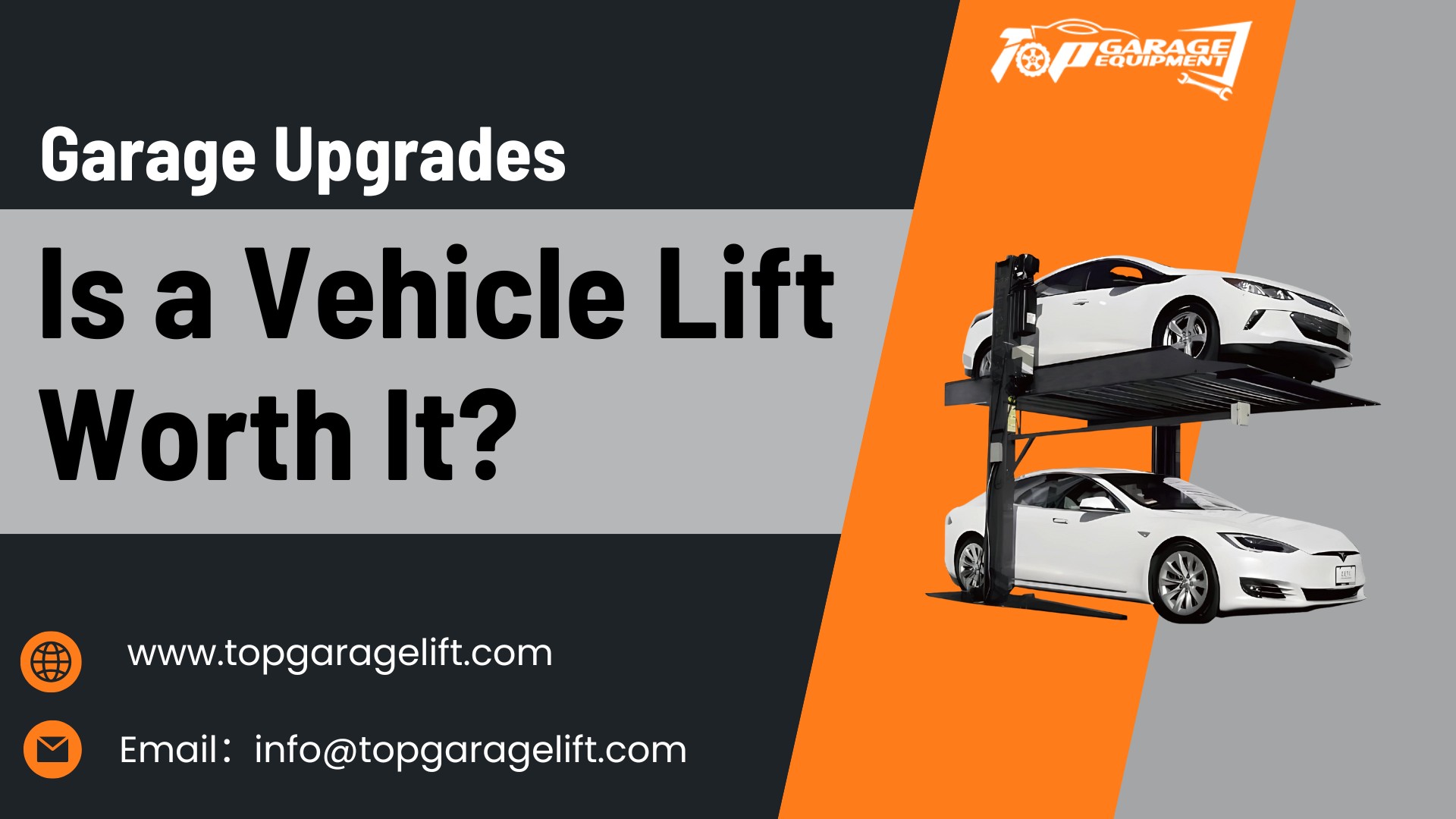Vehicle lifting systems are needed in all types of automotive maintenance settings, from commercial repair shops to sophisticated home garages. However, one area of confusion for both buyers and technicians is the terminology: car lift vs. car hoist.
Although these two terms are often used interchangeably, the distinctions may vary based on region, type of installation, or design choices.
In this article, we explain the differences between a car lift and a car hoist, including their mechanical differences, terminology differences, types, and practical uses.
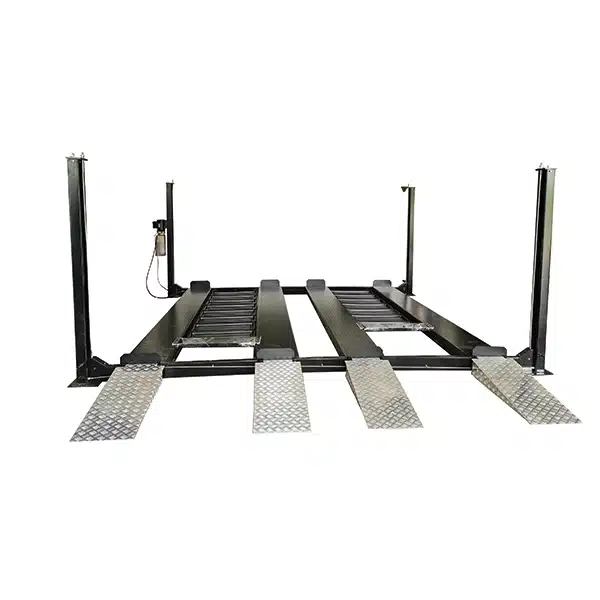
Similarities Between Car Hoists and Car Lifts
The term “lift” is mainly used in North America and encompasses a variety of designs. These devices are made to optimize shop floor space, improve access to undercarriage parts, and provide different lift heights and capacities depending on the model.
On the other hand, “car hoist” is frequently used in Australia, New Zealand, and the UK in place of “car lift.” Although they are practically the same, the difference in use of floor space, preference, or structure may affect usage.
Most hoists will permit post car lifting through ceiling-mounted tracks, fixed posts, and mobile setups, and are tailored to fit different vehicle shapes and sizes.
Differences Between Car Hoists and Car Lifts
Car Hoist
A car hoist is a type of machine that raises or lowers heavy objects, including vehicles, using a chain, cable, or hydraulic system. In the automotive sector, repair shops frequently utilise hoists to lift cars for underbody servicing, diagnostics, or tire repair work.
Various Types of Hoists
Every model of hoist has specific purposes within auto lifts and general lifting activities:
- Chain Hoist: Used in vertical lifting and widely common in industrial settings, these electric or manual systems are known as chain hoists. Their lifting ability tends to be low, but they work well in lifting lighter vehicles or components.
- Hydraulic Hoists: These are smooth lifters and properly work under moderate loads. Commonly found in automotive garages and repair shops, they are hydraulically powered.
- Pneumatic Hoists: This is used in dry or wet environments without electrical systems and tend to use devices with compressed air.
- Two-Post Hoists: A well-liked type of hoist used in small workshops, which contains two posts with lift arms. Their efficiency and space-saving design make them ideal for maintenance and repair work.
- Mobile Hoists: These stands are self-contained, wheeled units, making them easier to use in confined spaces or for field service work.
Every type of hoist can accommodate different classes of vehicles, including sedans and small commercial vans.
Car Lift
A car lift is a sophisticated piece of equipment designed to raise vehicles for periodic maintenance and repairs. While hoists may be suspended or mounted overhead, lifts are ground-based and designed to offer maximum stability when a vehicle is being elevated.
The Different Types of Lifts
There are different common categories of vehicle lifts based on their functionality and structure, as well as the work garage.
- Two-Post Lifts: This is one of the most used and popular post lifts. Two upright posts with adjustable arms give an appropriate configuration for two-post lifts. They are best suited for general repair work. They are best suited for workshops where space is restricted.
- Four-Post Lifts: A heavy-duty lift that supports the vehicle on drive-on ramps. They are used for alignments, for servicing, and for long-term storage of large vehicles that require higher lifting capability.
- Scissor Lifts: Using an X-shaped mechanism, these lifts can be full-rise or mid-rise. Their excellent functionality makes them useful for tire maintenance, undercarriage work, and working in small garages.
- Mid-Rise Lifts: Designed for detailing and servicing tasks, they provide moderate lift height.
- Ground Lifts: These systems are installed or recessed into the floors of garages, giving a workshop a nice finish. They help reduce clutter while maximizing useful floor space.
- Mobile Column Lifts: Ideal for large fleet vehicles and buses, these lifts can be positioned under each wheel and can be synced to lift the bus at once.
There are all of these lifts available depending on the service volume, vehicle types, and space constraints.
While both devices fulfill the same purpose, there are fundamentally important differences between hoists and lifts:
- Function: They both serve the purpose of elevating vehicles, but while hoists are often overhead or standalone units that lift out of the top or the chassis of the vehicle, lifts are usually systems that operate on a platform basis and lift the whole vehicle from the ground.
- Design: The components of a hoist can include cables, chains, or articulated arms, which necessitate ceiling or wall mounts. A lift, on the other hand, typically employs post car lifting with hydraulic or mechanical supports fixed to the ground. Lifts also provide more complex integrated platforms or ramps, and even scissor-type lifts that aid in alignment and entry.
- Power Source: Most modern lifts utilize hydraulic lift systems to ensure accurate control and smooth elevation. Relatively, hoists could be hydraulic, pneumatic, electric, or manual, depending on the model and surrounding conditions.
- Size and Capacity: Lifts generally have broader vehicle compatibility and support a higher lifting capacity. Their structure is able to accommodate larger vehicles and provide a greater range of adjustable lift heights. Hoists, although sometimes modular or mobile, tend to lack strength or adequate structural support in comparison to platform-based systems.
- Safety: While both systems provide safety features, lifts usually incorporate specific industry-certified safety measures such as auto-locking arms, overload protection, and emergency lowering systems.
Car hoists often have fewer built-in controls and rely more on operator care, along with external safety measures.
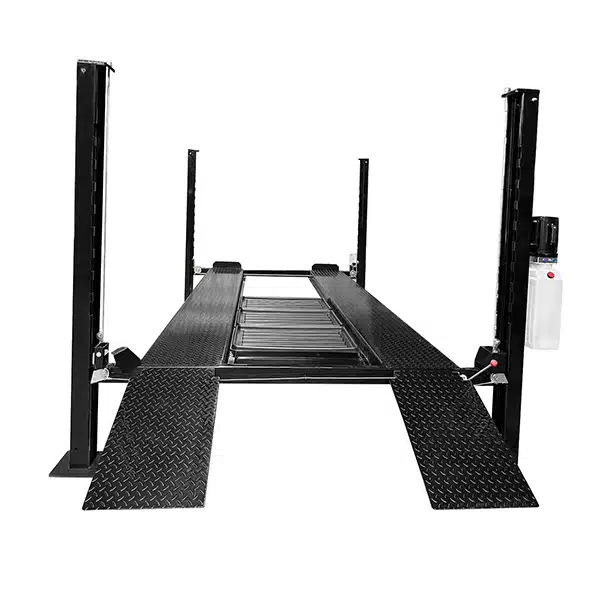
How to Choose Between a Car Lift and a Car Hoist
Don’t worry too much about the terms when you buy automotive lifting equipment. “Car lift” and “car hoist” are often used to mean the same thing. What matters more is what works best for your workshop.
- Choose the right type: There are two-post, four-post, scissor, and in-ground types, and each one is better for a different type of space, frequency of use, and type of repair work.
- Check the lifting capacity: Make sure the tools can safely lift the weight of the cars you work on most of the time.
- Check for customization options: Think about things like the size of the platform, adjustable arms, safety locks, and how easy it is to put together. Some systems can be moved around, while others need to be permanently mounted on the floor.
In the end, the type of vehicle, the amount of floor space you have, and how your workshop is set up should all play a role in your decision, not what it’s called.
Conclusion
While car lifts and car hoists seem similar in function, they differ in names, usage, and sometimes the actual construction. The distinction made between a car lift and a car hoist is many times a reflection of language quirks instead of mechanical differences.
Considering all options, the factors that matter most are workshop layout, area, types of vehicles, and safety stipulations, not the label itself. Both systems serve important functions in maintenance and repair support. Correct selection will lead to proper efficiency, technician safety, and equipment value over time.


